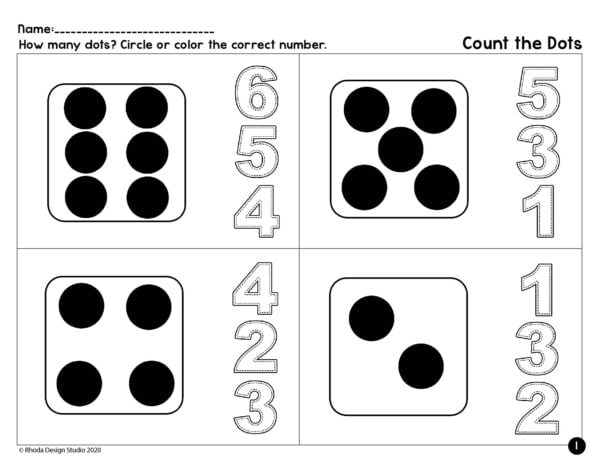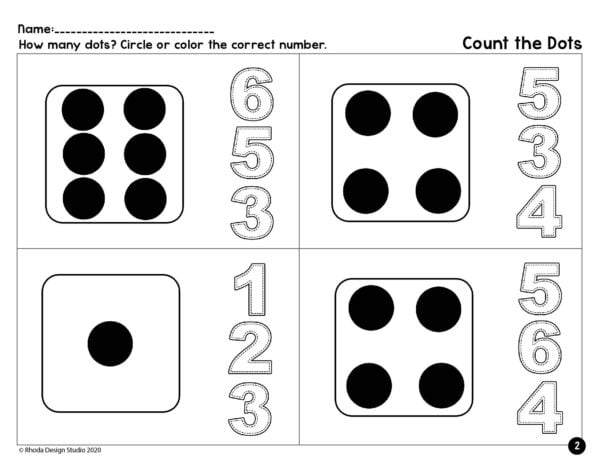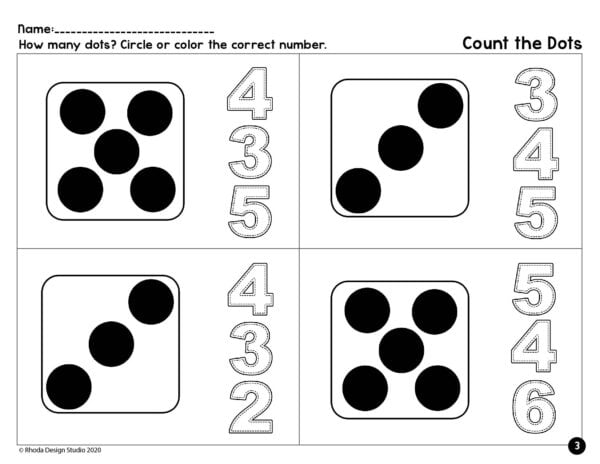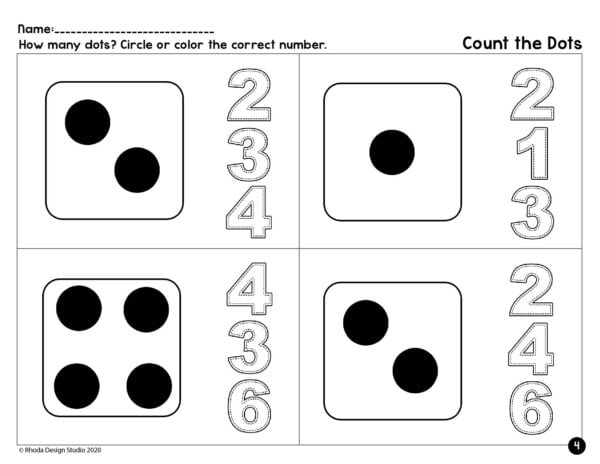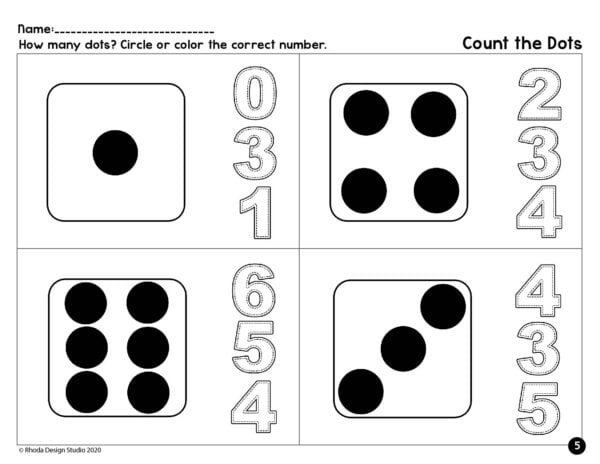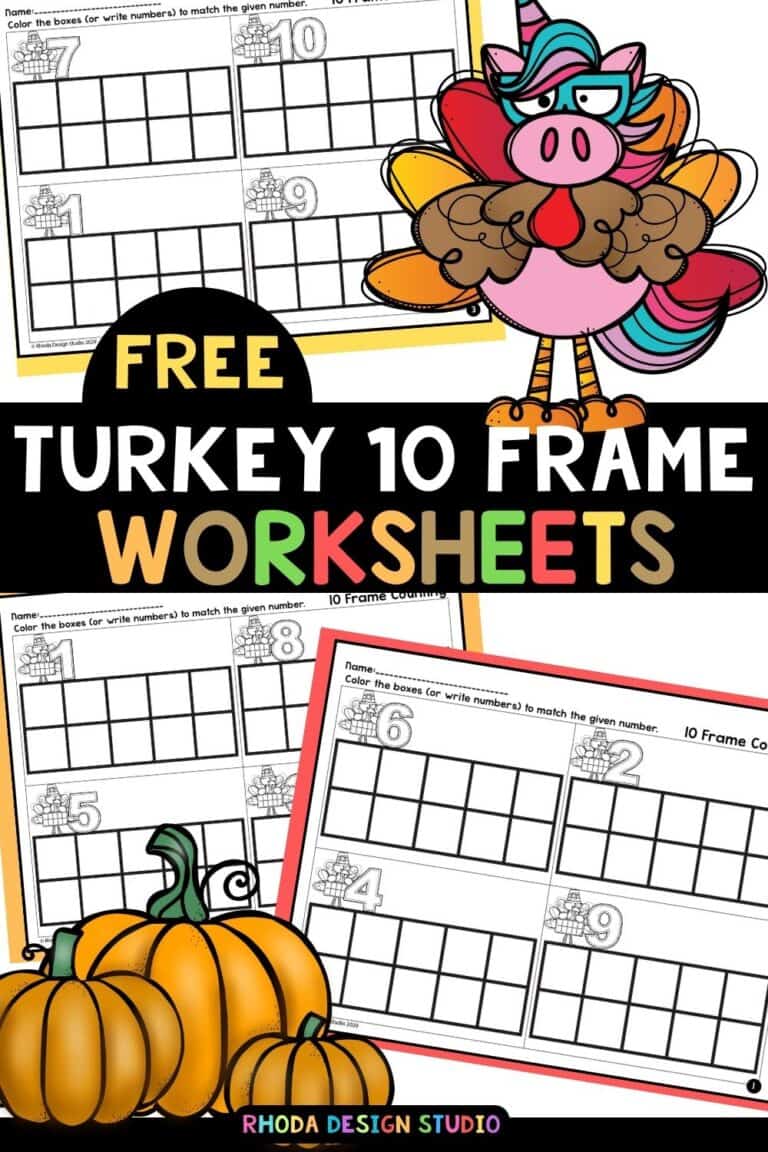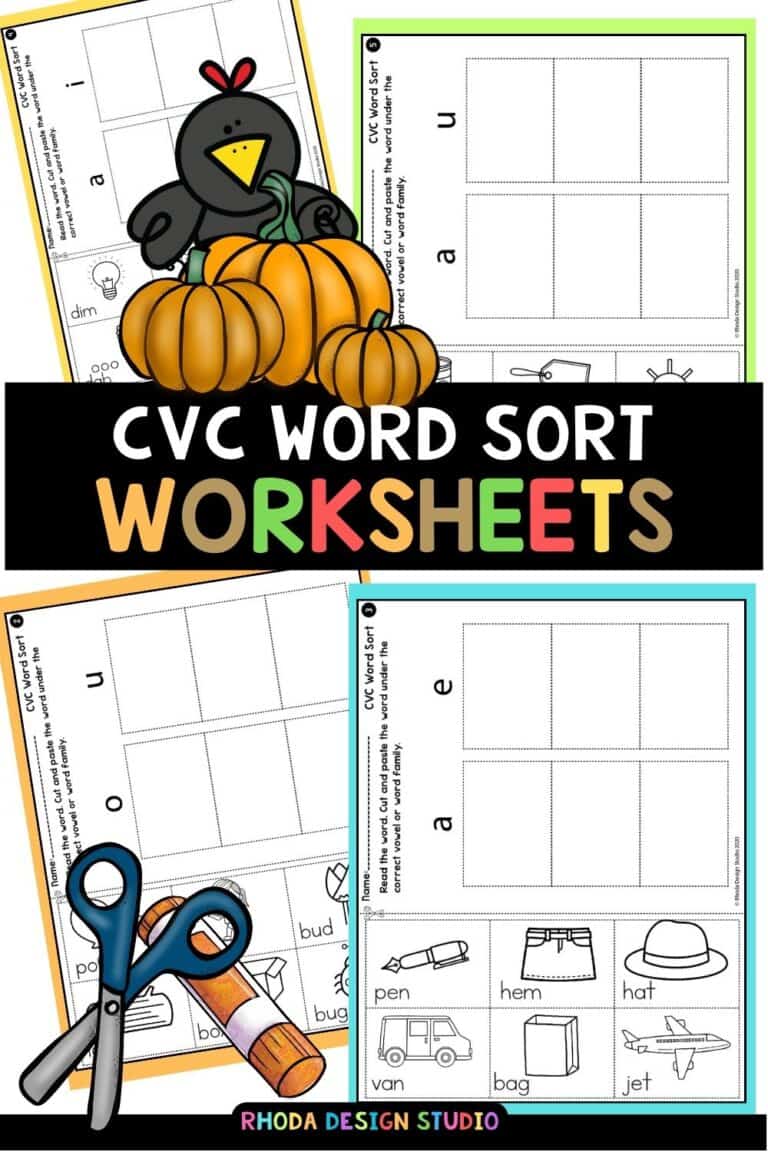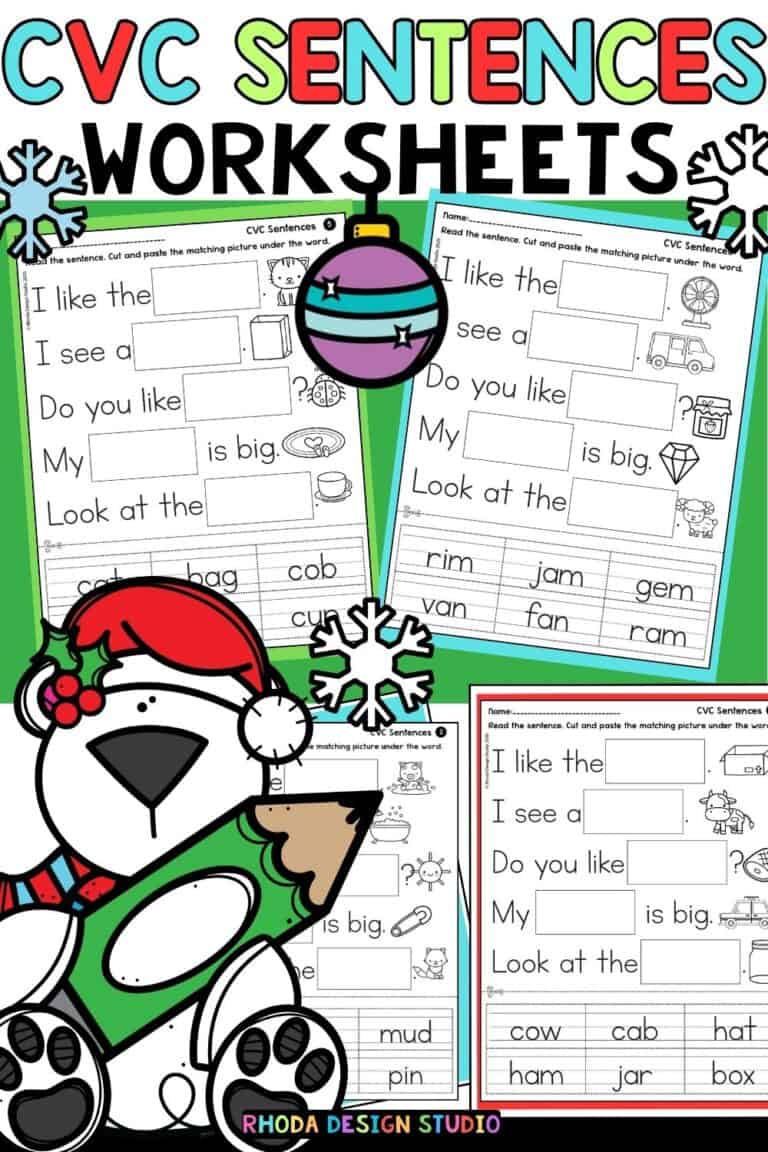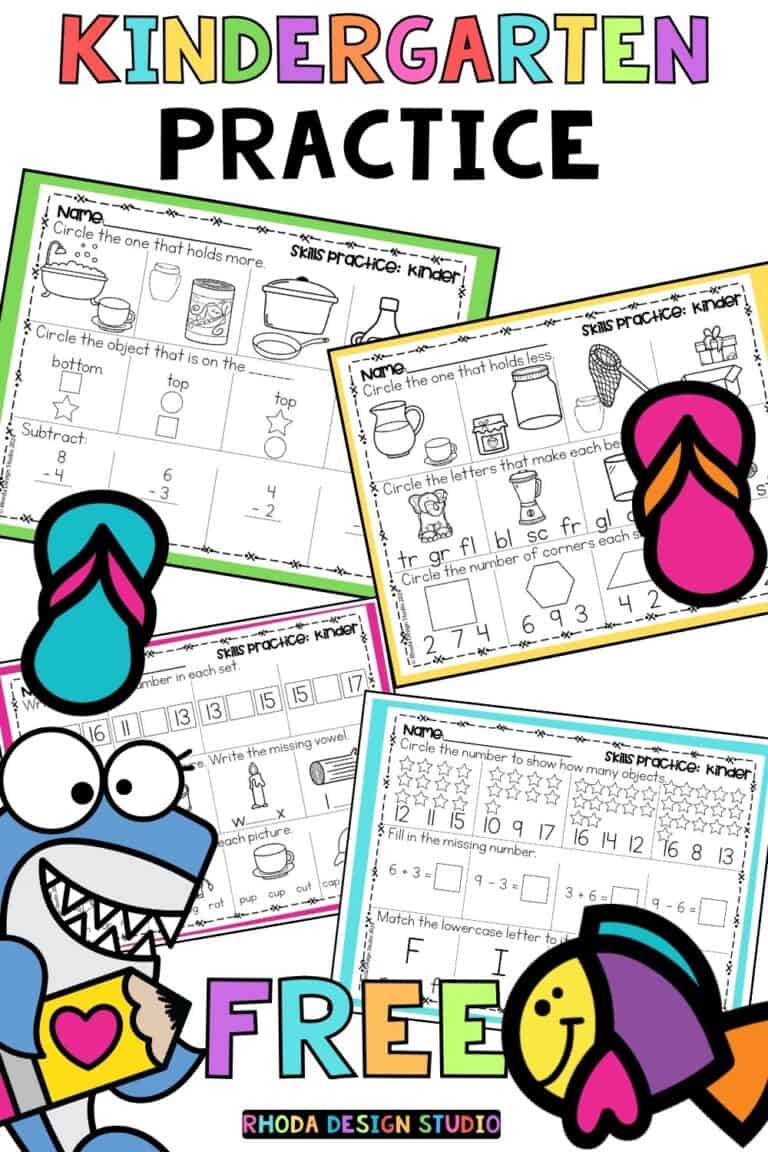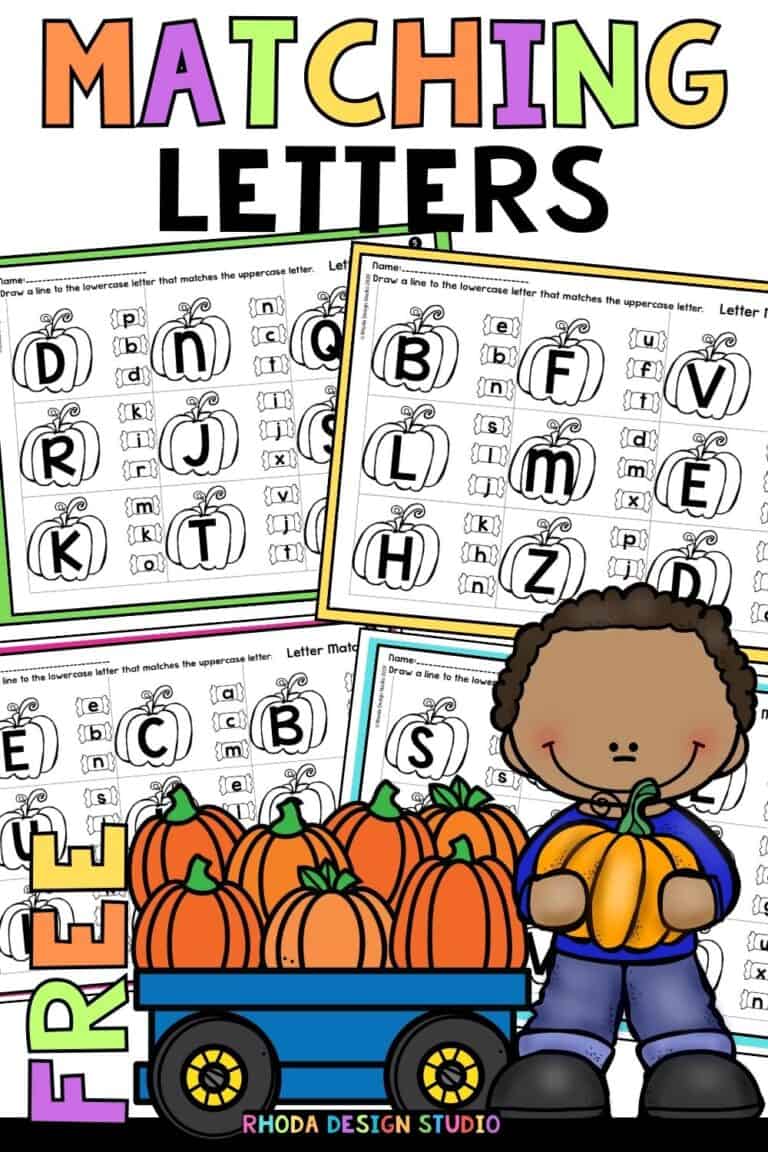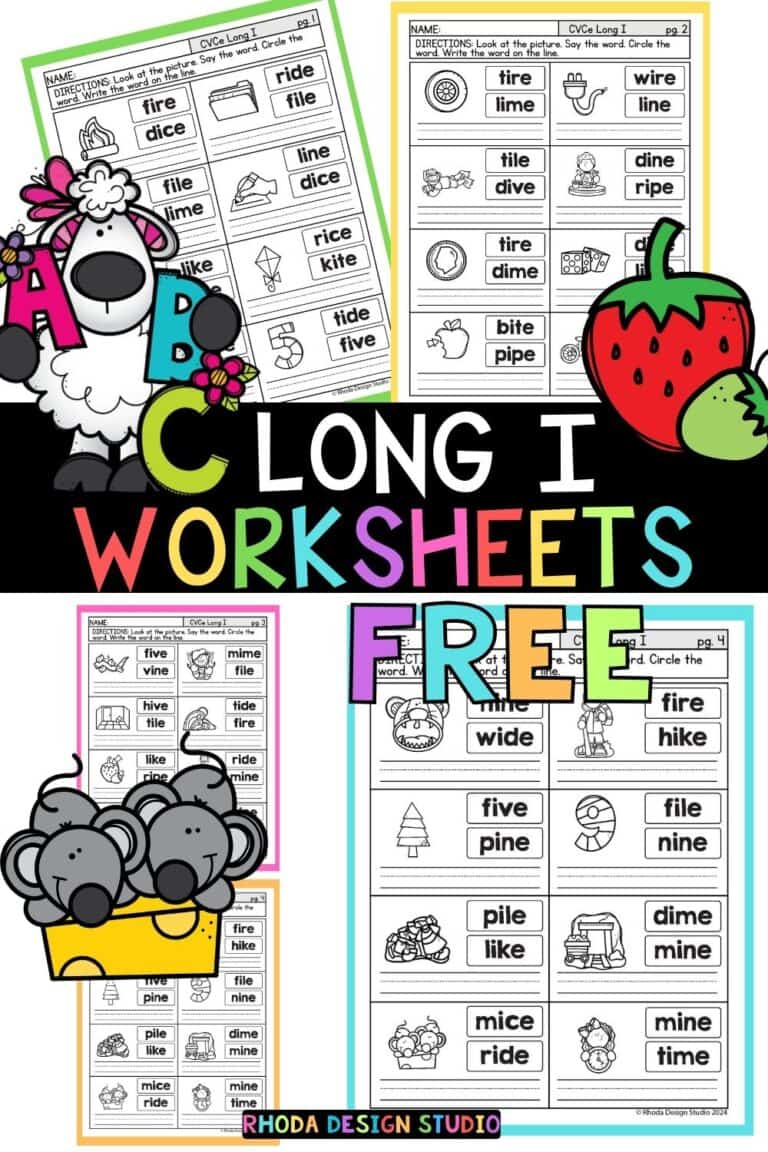Boost Early Math Skills with These One to One Correspondence Free Worksheets
One to one correspondence is a fundamental component of early mathematical development that, for many of us adults, is often overlooked. This key skill pertains to the process of counting each item in a group singularly, only once, with just one point of contact per item. For instance, a kid who counts and touches each toy car in a sequence, verbally announcing the count, “One, two, three, four”, is essentially illustrating the application of one-to-one correspondence.
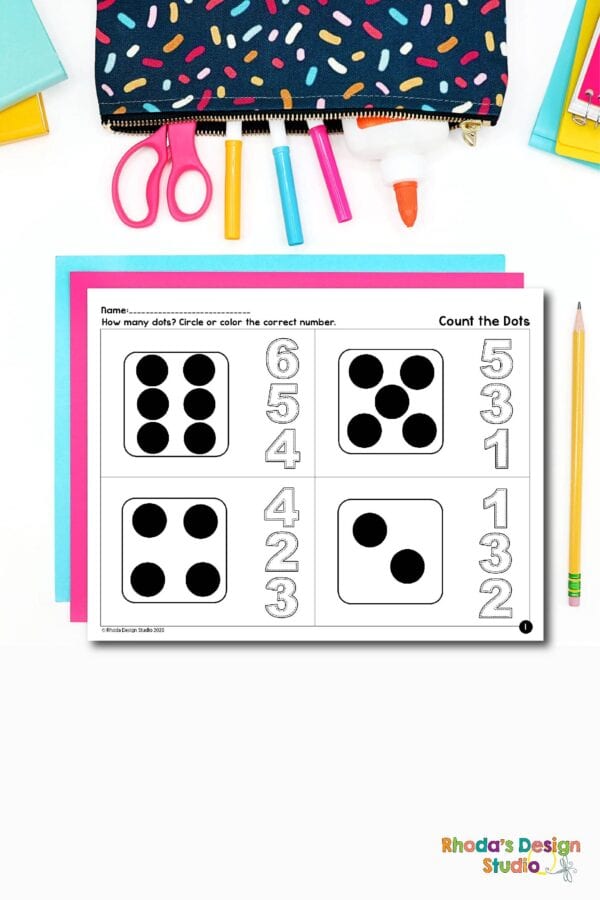
Why is One-to-One Correspondence Significant?
One-to-one correspondence stands as a critical foundation for almost every mathematical concept. In essence, without sufficiently mastered one-to-one correspondence skills, young learners can encounter difficulties with basic mathematical theories. Counting using one-to-one correspondence implies touching each object while articulating the respective number verbally- a task much more intricate than basic counting by rote. Therefore, it’s crucial to present young ones with numerous occasions to practice this type of counting throughout the year in your learning environment.
Activities & Strategies to Foster One-to-One Correspondence:
Here are a few uncomplicated strategies to foster your child’s one-to-one correspondence abilities at home:
- Engage in counting exercises with your child
- Make a point to touch each object in a group as you articulate every number
- Shift every object in a group as you audibly state each number
- Quiz your child with questions like, “How would you differentiate the counted objects from the ones left uncounted?”
Count the Dots Worksheets
Bear in mind, developing the ability to count objects using one-to-one correspondence can be a process that spans over months, or sometimes even a full year for some preschoolers. Every child’s learning journey is unique and differs in pace.


